Drilling wells on the sand: process features
Having a well in your own area gives you many advantages. In some places to create it is not necessary to sink to the limestone, and enough to get to the sandy aquifer. It is much cheaper and easier.
The nuances of such an event, we consider in this article.
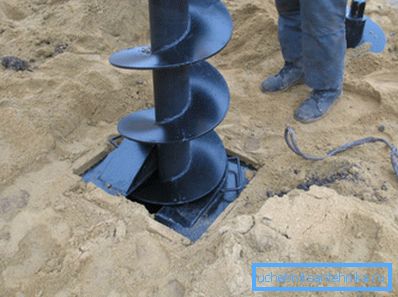
General provisions
Why do we need to start such a time-consuming process as drilling water wells on the sand?
Let's look at the associated positive points:
- Water availability. A prerequisite for growing crops.

- No need to pay. The price for using the central water supply is excluded.
- The presence of clean drinking water. An adult should consume at least two liters per day.
Thus, we will receive vital water and will be able to use it practically for free. Given that sandstone is located much higher than artesian deposits, the work itself also does not lead to any serious financial costs and can be done with your own hands.
Tip: before starting work, be sure to inquire and make sure there is a sandy aquifer in your area. Because unlike limestone it is not everywhere.
Drilling
The drilling of sandstone wells begins with the selection of the lowest place in the area, as this will shorten the path to the target. The proximity of water and the softness of the soil allow the use of auger drilling using a small-sized drilling rig.

Instruction of work:
- Install the rig. It may have an engine that runs on gas or electricity. In the second case, you will need to have a carrier connected to the network.
- Turn on the equipment and control the drilling process.

- After reaching the liquid, take out the auger and pump out the dirty water.
- After removing the dirt, we take visually clean water samples from the well and hand them over to the laboratory for quality tests.
Tip: it is recommended to fill the bottom of the well with a layer of fine crushed stone. This will significantly extend its service life.
- We take a pipe from plastic or stainless steel of the desired length.
- Fastened to the bottom of its filter. You can build it yourself. To do this, we drill holes at the end of the pipe with a diameter of five millimeters every five centimeters and wrap it in several layers with a fine metal mesh.
- We lower the structure to the bottom.
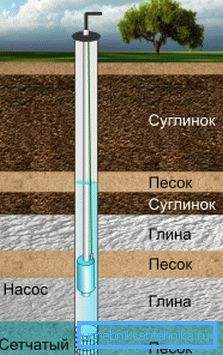
- Concrete the gap between the pipe and the ground with a solution of cement and sand in a ratio of 1: 3.
- From above we mount protection against precipitation.
- We connect the water pumping station or deep well pump and conduct the pipeline to the house.
So is the water supply from the sandy aquifer. It is much simpler than artesian, but it also has a number of limitations that should be dealt with before the work itself begins.
Features of drilling on sand
During the execution of the work you should know some of the features inherent in this process:
- Drilling by a screw is impossible to a depth exceeding 30 m. Therefore, in case of a sandy bedding to a deeper distance, it is worth thinking about creating an artesian well. Since it is still more reliable and durable.

- This method of passing the soil is possible only in soft rocks. In the presence of a madder stratum, further work will be stopped and more powerful and expensive equipment will be required.
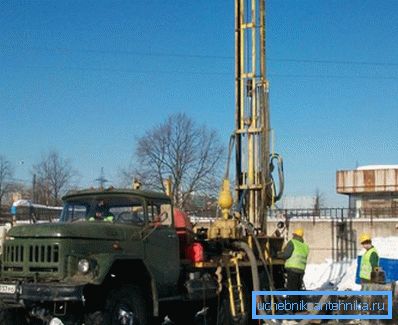
- Keep in mind that the presence of a sand well in the adjacent area does not guarantee the full functioning of a similar structure for you. The water level may be insufficient or absent altogether.
- The upper sandstones are subject to significant pollution, the level of which may vary depending on the season, weather conditions and the depth of the pump. In this connection, additional purification of the water extracted from the well is required before use.
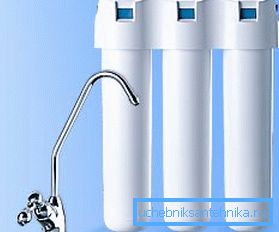
- The structure of the aquifer sand can be dusty. In this case, the bottom filter will quickly become unusable and will need to be cleaned every six months.
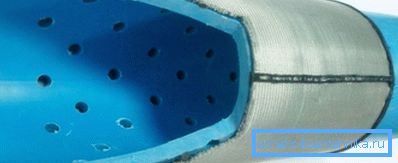
- The filter itself is not replaceable. In the case of its complete failure, the drilling of a new well will be required.
- A well of this type is quickly silted in the event of downtime, and therefore needs constant use. For seasonal summer cottage, it is not suitable.
Conclusion
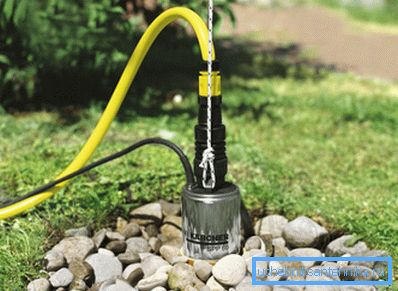
Own water on the site makes living on it much more comfortable, allowing you to fully engage in the cultivation of crops. If you also have the opportunity to dive when creating a well only to the sandy horizon, this will significantly save the integrity of the family budget.
But besides saving you can also expect a number of complications, which are better known in advance and be able to counteract them in time. First of all it concerns well filters. If you take care of their quality from the very beginning, you will be able to avoid many of the ensuing troubles.
The video in this article will acquaint you with additional materials on this topic. Water supply on the site is good. Cheap water supply is even better!